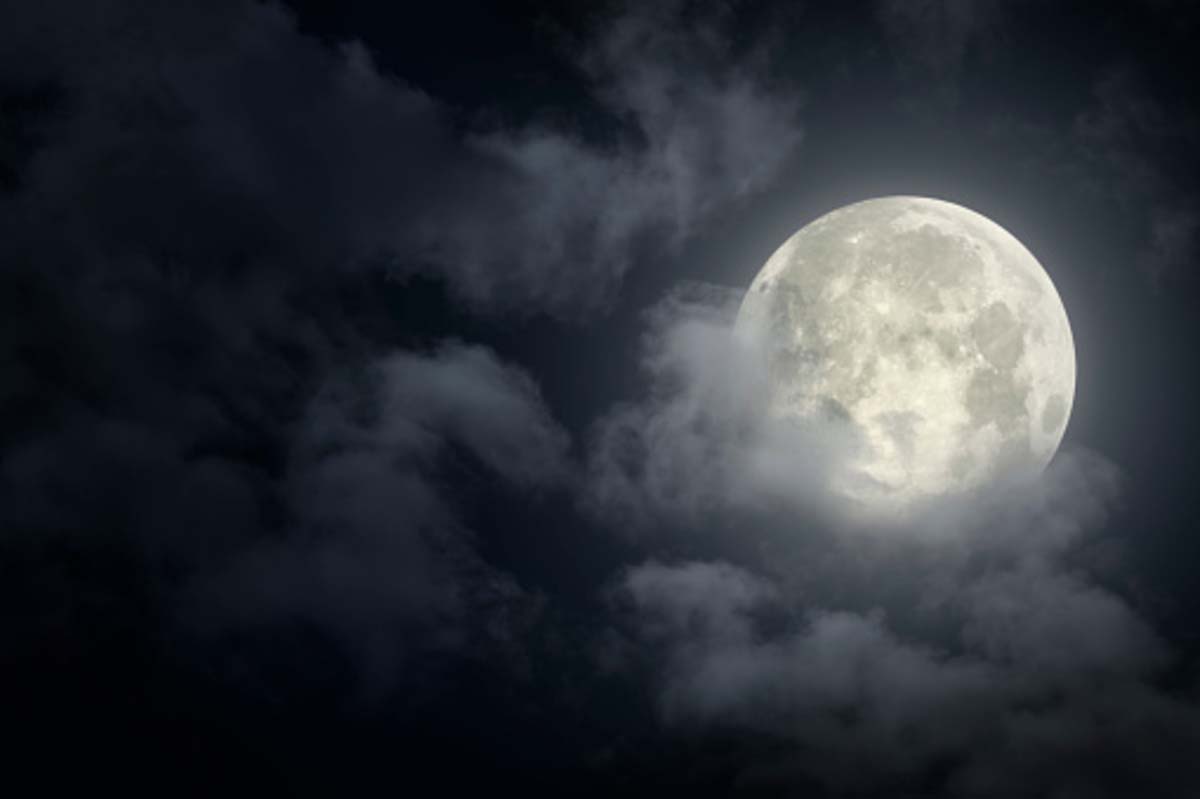Science: On the mornings of October 30 and 31, the thin waning crescent Moon hangs above the eastern horizon near Spica, the brightest star in Virgo. The unlit side of the Moon will be shining with light reflected from Earth. This is called Earthshine. Look for them about an hour before sunrise.
The Moon will reach apogee — the farthest distance from Earth in its elliptical orbit around the Sun — for the second time this month on October 29, 2024, at 23:00 UTC, when it will be 252,376 miles (406,161 km) away.
November 1: New Moon
The moment of new moon will occur on November 1, 2024, at 12:47 UTC (7:47 a.m. CDT). The new Moon rises and sets with the Sun. The nights around the new Moon are perfect for stargazing. Check out EarthSky’s best places to see stars.
Nov. 3: Daylight Saving Time Ends
Time to head back and end Daylight Saving Time. Read more: Daylight Time Ends Sunday: 7 Tips to Help You Adjust.
Evenings of Nov. 3, 4 and 5: The Moon, Venus and Mercury
In the early evening twilight on Nov. 3, 4 and 5, 2024, people on the face of Earth can see the brightest planet, Venus, near the rising crescent. Also nearby is the elusive planet Mercury. The illuminated part of the thin crescent points toward Mercury on Nov. 3. And then, on the evening of Nov. 4, the moon will float close to Venus. On all three nights, the dark part of the moon will be glowing from Earthshine. That’s sunlight reflecting off Earth’s surface. Read more: Mercury will be farthest from sunset on Nov. 16.
